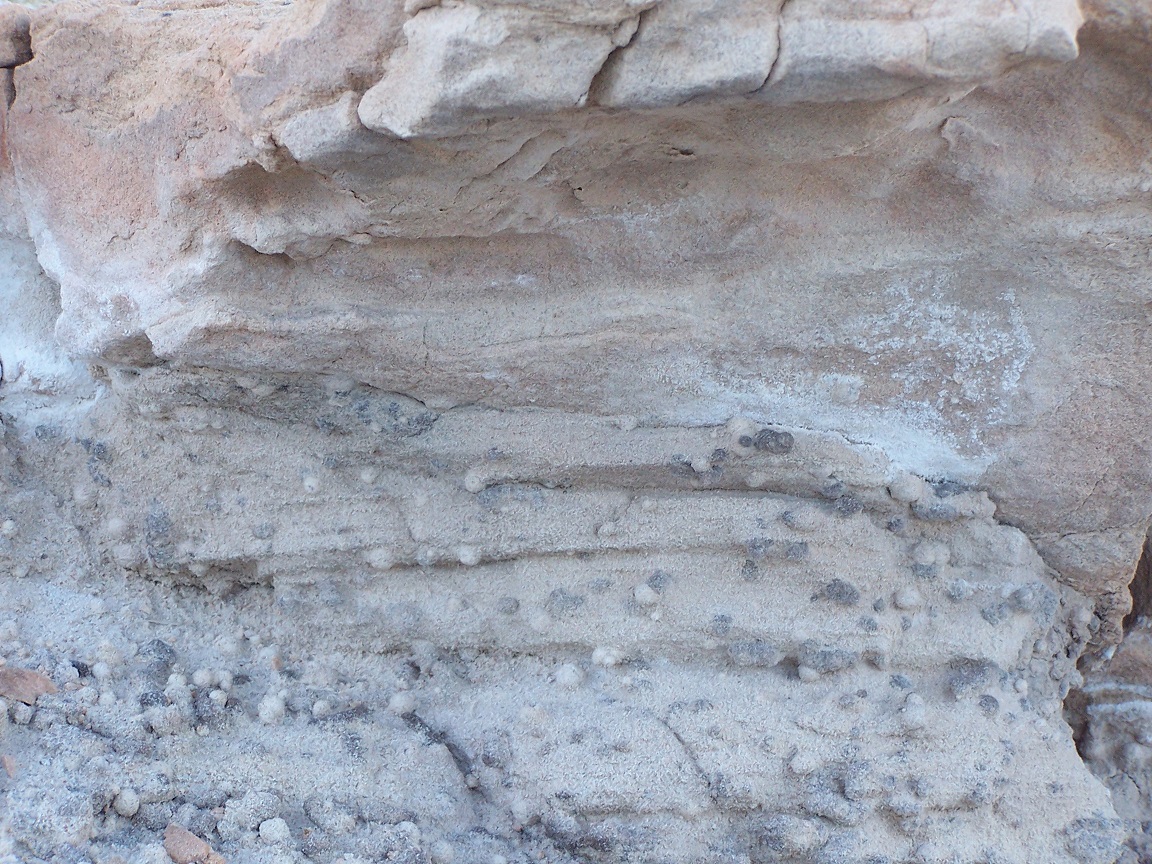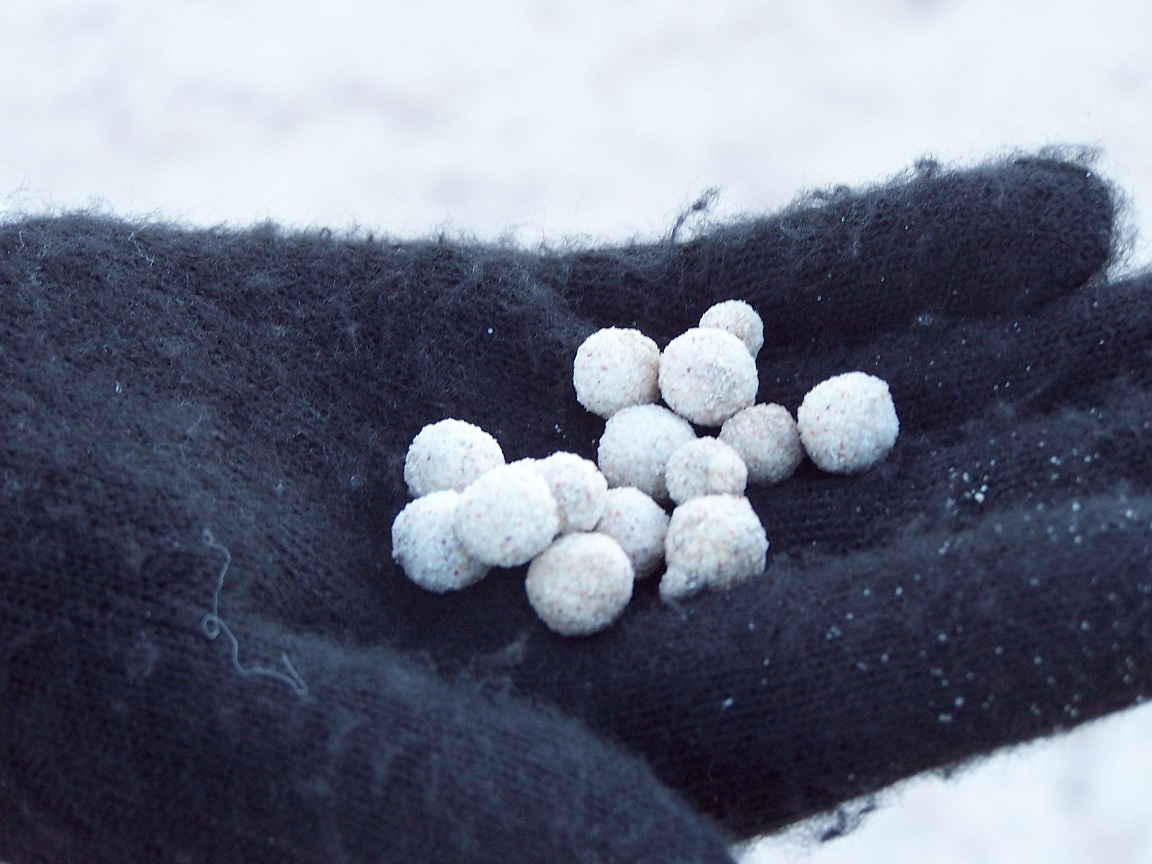Some remarks about Martian "blueberries" and spherical concretion from Utah
- 1Space Research Center PAS, Warsaw, Poland (natalia@cbk.waw.pl)
- 2University of Warsaw, Faculty of Physics, Institute of Geophysics, ul. Pasteura 5, 02-093 Warszawa, Poland, (lczech@op.pl)
1. Introduction
Some terrestrial concretions may be analogs of Martian concretions "blueberries". They were discovered on Mars in the Meridiani Planum area (0°12′N, 357°30′E) by the Opportunity rover. The conditions for the sedimentation of Martian concretions are still unknown. They could have arisen in a similar sedimentation environment as some terrestrial concretions. Therefore, it is important to determine which Earth concretions are analogs of Martian concretions and under what conditions they were formed. This would significantly enrich knowledge about the conditions prevailing on Mars during the formation of Martian concretions, and would be an important evidence for the presence of liquid water in the history of the red planet [1], [2].
2. Concretions from Utah
Near the MDRS (Mars Desert Research Station) base in Utah, USA, sandstone concretions of Cretaceous Dakota Formation were collected. In contrast, the early Jurassic concretions in the Navajo Formation adjacent to Dakota are additionally covered with a thick layer of hematite and other iron compounds. It is known that they crystallized in layers of fine sandstone. As the sandstones were eroded, concretions fell out of them by gravity. Then it can reach to a re-crystallization on the surface of these concretions in a similar way as on the concretions from Jurassic layers of the Navajo Formation from Utah [3], [4].
|
|
|
|
|
Fig.1. A layer of Cretaceous sandstone from the Dakota Formation in Utah with concretions. The size of the visible layer with concretions of about 0.5 m.
|
|
Fig.2. Sandstone concretions of the Cretaceous sandstone of the Dakota Formation in Utah.
|
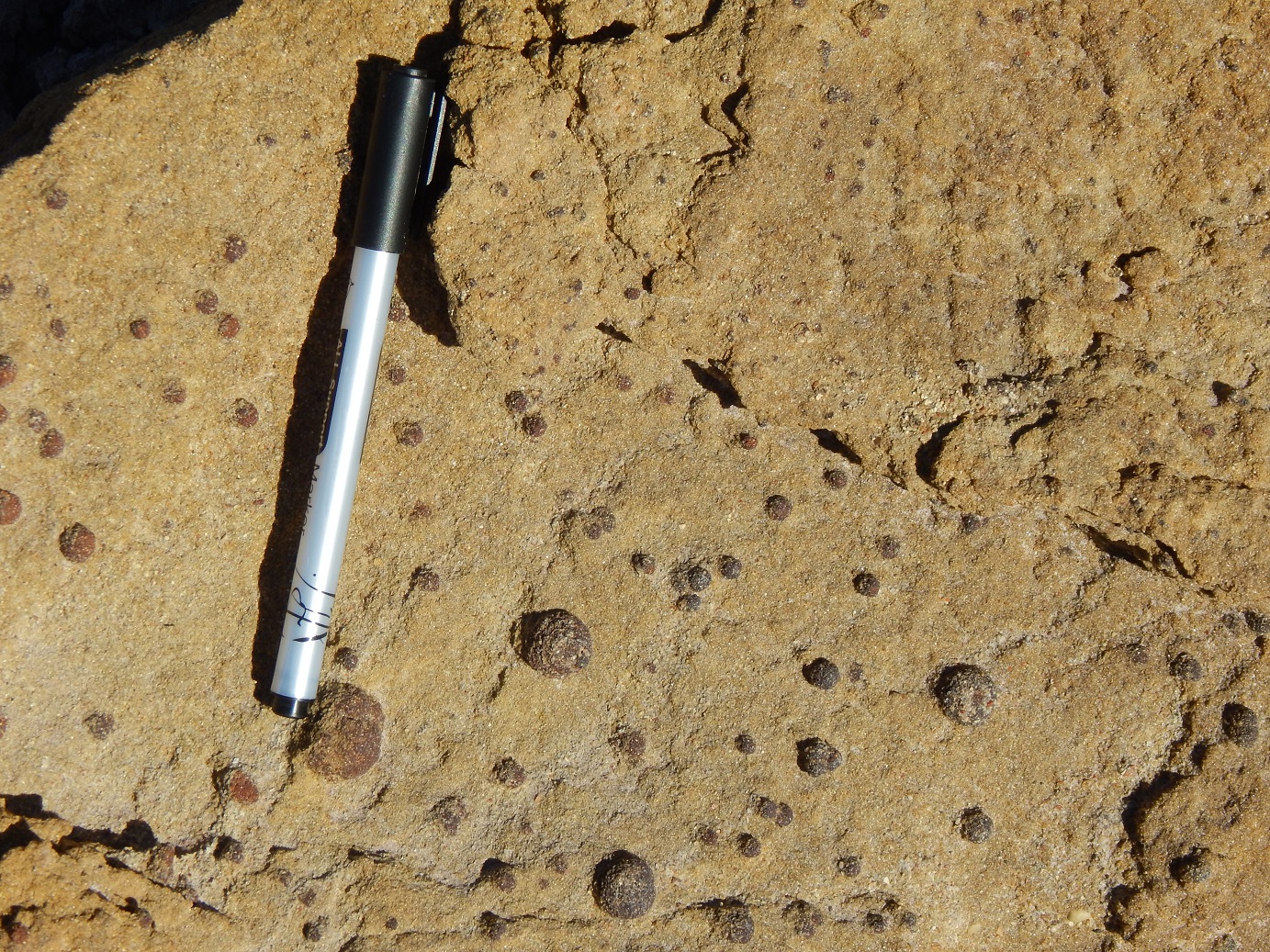
Fig.3. Surface of the Dakota Cretaceous sandstones with distinct mineralization of iron oxides.
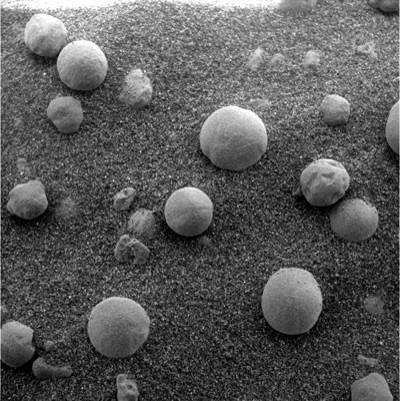
Fig.4. Image from the Microscopic Imager camera showing concretions taken by the Opportunity rover on Meridiani Planum. This image is ~3 cm across and was taken on the 15th day of Opportunity's journey (NASA Feb. 8, 2004).
Figs 1,2 show concretions in the Cretaceous layer, leached by migrating waters and re-mineralized, for which carbonates also contribute [5]. Fig. 3 shows concretions highly mineralized with iron oxides with a large proportion of hematite and goethite. When these concretions fall out by gravity, another mineralization takes place on their surface, in the case of Utah again with iron oxides, which creates a kind of glassy shell on the concretion [6].
In many publications, scientists emphasize that these concretions were formed in presence of water. Their chemical mineralization is quite complex because the water that migrates through the porous sandstones is responsible for the crystallization of these formations thanks to the dissolved chemical compounds. There is a repeated mineralization and demineralization, and therefore the chemical composition of concretions in different regions of the world may differ despite the similar origin of their formation [7], [8], [9].
3. Comparison of spectra
In our research we used the results obtained with the Mossbauer spectrometer for Martian soil with "blueberries", Fig.4, [10]. We identified the minerals likely to be present at the sample. We used appropriate spectra for these minerals from the USGS library and compared them to the infrared spectra of concretions from Utah- Fig.5.
Since the Mossbauer spectrometer does not provide information about all possible minerals because it focuses on minerals containing the Fe element, it is possible that the mineralization of Martian concretions is much richer. Jarosite and hematite discovered by the Mossbauer spectrometer fit well with the bands of the infrared spectra of the Utah concretions. Moreover, the minerals that can be recognized in the spectra of concretions from Utah are also clay minerals and gypsum. The sandstones in which this mineralization took place, of course, contain quartz, but in the short infrared range it has no spectral characteristics, therefore quartz is not visible in the spectrum.
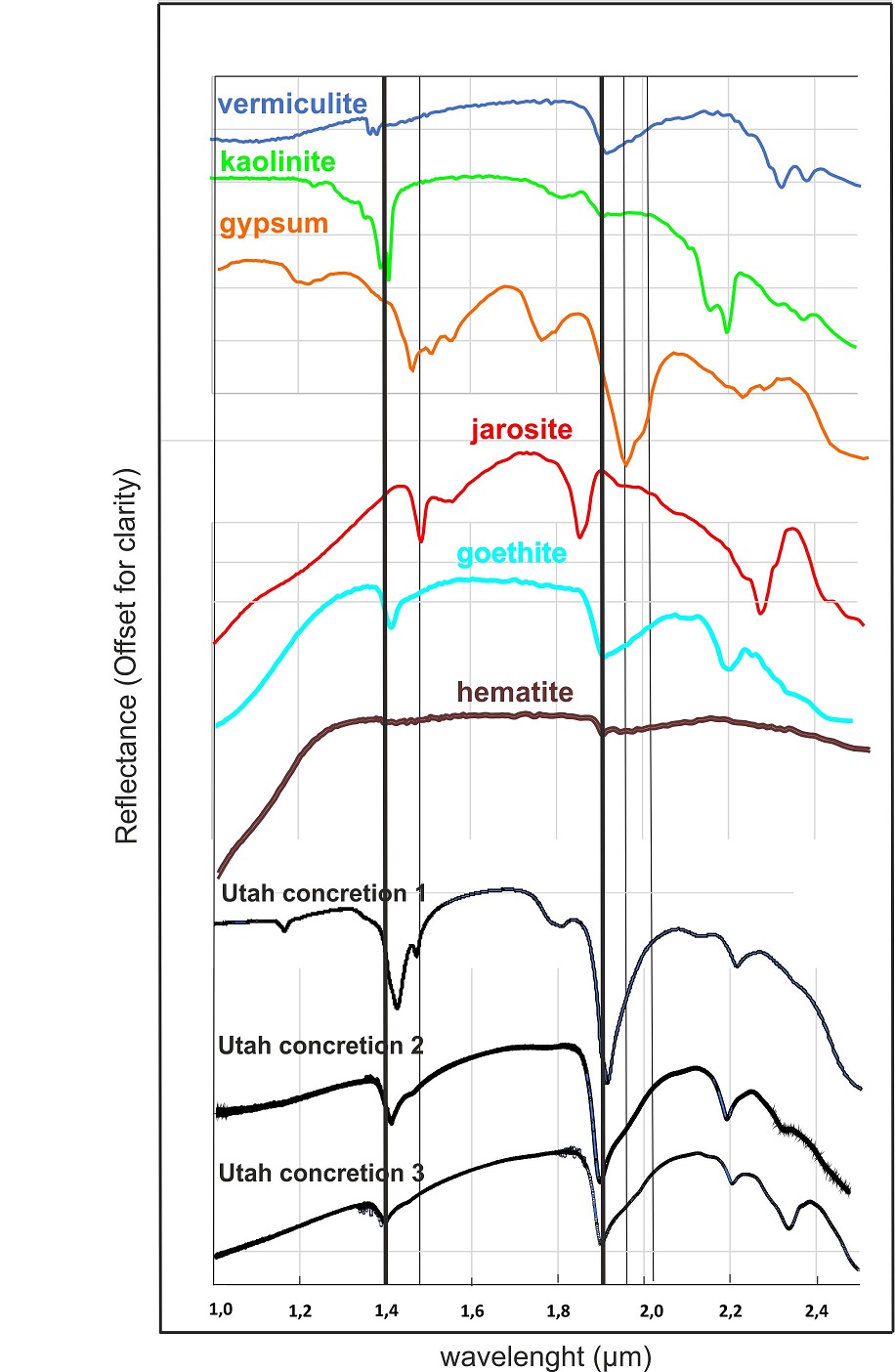
Fig.5. NIR spectra of the Cretaceous Dakota Formation in Utah (spectrometer Nicolet iS50) compared with minerals from the USGS library. The 1.4 and 1.9 µm bands reveal the influence of clay minerals and iron oxides, and additionally sulphates (gypsum and jarosite).
4. Conclusions
We found significant correlation between the Utah concretions of the Dakota Formation and those found by the Opportunity rover. A common feature of these concretions is a similar ferric sulphate mineralization. It follows that Martian and Utah concretions might have formed in an acidic environment and water was important for their formation.
References
[1] Chan, M., et al., (2005) GSA Today, 15, 8, 4-10
[2] Fan, Ch., et al., (2010) Planet. Space Sci., 58, 401–410
[3] Busigny, V., and Dauphas, N., (2007) Earth and Planet. Sci. Let., 254, 272–287
[4] Potter, S., and Chan, M., (2011) Geofluids
[5] Parry, W., (2011) Sediment. Geol., 233, 53-68
[6] Chan, M., et al., (2007) Geofluids, 7, 1–13
[7] Mika, K., et al., (2018) Geofluids of Utah, 47, 197-219
[8] Di Bella, M., et al., (2021) Minerals, 11, 460, 1-18
[9] Ray, D., et al., (2021) Planet. Space Sci., 197, 105163
[10] Klingelhofer, G., et al., (2004) Science, 306, 1740-1745
How to cite: Zalewska, N. and Czechowski, L.: Some remarks about Martian "blueberries" and spherical concretion from Utah , Europlanet Science Congress 2022, Granada, Spain, 18–23 Sep 2022, EPSC2022-737, https://doi.org/10.5194/epsc2022-737, 2022.


